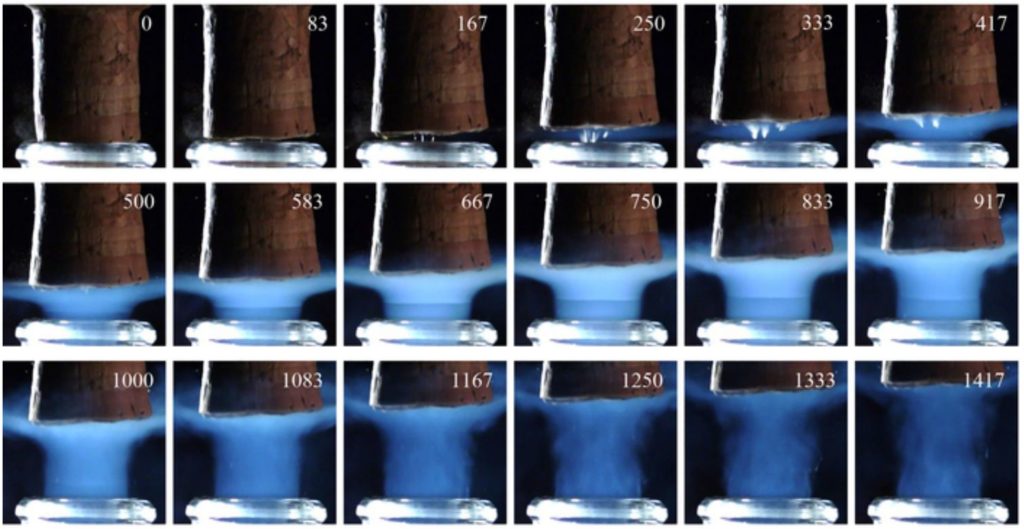Here’s how to produce Supersonic Shock Waves at home without a big lab.
Opening a bottle of champagne usually means that a party is about to start. After the enjoyable pop of the cork, a burst of bubbles fills the air, and then comes the pleasant tickle on the tongue.
Scientists in France and India, however, say that there is far more to pop than meets the eye. In AIP Publishing’s Physics of Fluids, simulations of computational fluid dynamics showed how shock wave patterns form, change, and disappear as the carbon dioxide mixture fires through the bottleneck in the first millisecond after the cork pops.
The results could help us understand the complicated and changing behavior of supersonic flow, which is used in everything from rocket launchers and ballistic missiles to wind turbines and underwater vehicles. The simulations are based on experimental research published in 2019 that revealed the generation of shock waves during cork popping for the first time.

“We wanted to better characterize the unexpected phenomenon of a supersonic flow that takes place during champagne bottle uncorking,” explained co-author and Université de Rennes 1 professor Robert Georges. “We hope our simulations will offer some interesting leads to researchers, and they might consider the typical bottle of champagne as a mini-laboratory.”
During the first part of uncorking, the cork partially blocks the gas mixture, which keeps the champagne from flying out at the speed of sound. However, as the cork is released further, the gas mixture departs radially at supersonic speed, balancing its pressure with a series of normal and oblique shock waves.
The waves combine to generate shock diamonds, which are ring-like formations that are common in rocket exhaust plumes. The symmetry of the bottle causes a crown-shaped supersonic expansion. At the bottleneck and cork’s edge, the pressure drops too low to maintain an adequate nozzle pressure ratio for supersonic speed.
“Our paper unravels the unexpected and beautiful flow patterns that are hidden right under our nose each time a bottle of bubbly is uncorked,” noted co-author Gérard Liger-Belair of the Université de Reims Champagne-Ardenne. “Who could have imagined the complex and aesthetic phenomena hidden behind such a common situation experienced by any one of us?”
Along with the physical and chemical processes that happen when a champagne bottle is opened, the researchers plan to look at other factors like temperature, volume, and bottleneck diameter. For example, they’re interested in how ice particle creation produced by the sudden temperature drop as the fizz ejects from the bottle affects supersonic flow.
Image Credit: Getty
You were reading: New Study Unravels Unexpected Phenomenon of a Supersonic Flow